Share:
Hi everyone! When using the Orton-Gillingham approach or in any reading intervention program, the review portion is such an important component. Using games to review is a great way to reinforce learning.
Today, I have a fun game to share with you for reviewing the doubling rule, also know as the 1+1+1 rule. Welcome Ann Whitten, from AikenLearning Lab.
Ann has a wealth of ideas, and this one is so practical, you’ll be able to set it up and use it tomorrow. If you play Ann’s game, please come back here and leave us a comment. Thank you!
The Doubling Game
Students who struggle with reading and spelling need to be given lots of opportunities to have fun, motivating practice in order to achieve fluency. It is especially difficult for students of all ages to internalize the spelling generalizations for adding suffixes.
Before playing this game make sure that your student can sort suffixes into two groups—Vowel Suffixes (those that start with a vowel, like -ing) and Consonant Suffixes (those that start with a consonant, like –ly).
The Doubling Game – The object of the game is to have the most points for correctly spelled real words at the end of the time limit set for the game.
Print a deck of base words on cards of one color. My deck includes the following words: trip, deep, pet, rot, lug, glad, grab, stop, cool, clap, swim, loud, wet, play, red, bet, dim, pump, big, drop, fool, step, flat, end, thin, frost, last, stay, mad, scout, crash. If your student has not had vowel teams, you can assist your student to read the words with teams or just select words appropriate for your students.
Make a separate deck of suffix cards in another color along with a number 2, 3, or 4, written in the lower right hand corner of each card. My suffix cards include: -ness (4), -ly (2), -ing (2), -ed (3), -er (4), -est (3), -y (4), and –en (4). The numbers in parentheses are the points that I have on each card. You can include fewer suffixes as appropriate for your student. Each student must have a piece of paper and a pencil to record words he makes and the score for each.
Word cards are placed face down in a stack in the center of the playing area. The suffix cards are placed face up in a column to the right of the word cards.
To play: a player selects a word card and holds it next to each suffix and pronounces the possible word. If a real word is made, the student writes that word on his score sheet with the points earned for that suffix in a column next to the word.
If the student has to use the doubling rule, he gets to double his score for that word! This is an extremely motivating feature of this game because if the teacher is playing also, the teacher does not get this advantage and must take only the score indicated for that suffix.
The player continues his turn with the same word, trying each suffix, and writing each real word with the correct spelling until all suffixes have been tried. The base word is then retired from the game.
It is perfectly fair to question the player such as “Why did you decide to double (or not double) the middle consonant?” All words written must be spelled correctly so the spelling generalization for doubling the final consonant will receive a lot of verbal reinforcement throughout the game.
My students and I have also decided that any player can issue a “Point of Order” or “Challenge” to a word if they believe it is not a real word and cannot be used. We then look those words up on a dictionary app on my phone and see if the word can be used or not.
Play continues until a specific time limit is reached or a certain number of words have been spelled and then the scores are added. This game can continue for multiple days with scores being totaled each day for the ultimate Doubling Game winner!
Variation for younger students: To play the game, students must know short vowels, digraphs, blends and patterns with /nk/ and /ng/: Play with just the suffix –ing, and make a deck with the following word cards on one color: cut, get, sob, shed, shop, ship, wag, box, skip, drag, tip, zip, chat, punch, clap, honk, think, sting, mix, clip, sip, pat, mop, log, sit, chop, rip, hop, thank, bank, sink, rush, top, tip, crunch, shut, run, hit, and dig. Print the suffix –ing on a different colored card. For each word drawn, the student must throw a dice to see how many points that word is worth. The student then holds the word card next to –ing and reads the word, then writes it correctly on his score sheet, doubling the consonant if needed. As in the previous game, if the doubling rule must be used, the student is allowed to double the points earned. Play as suggested above.
~~~~~~~~~~~~~~~~~~~~~~~~~~~~~~~~~~~~~~~~~~~~~~~~~~~~~~~~~~
Thank you for more stopping by today! If you are looking for more doubling rule practice feel free to check here and here in my TpT store. Have a great day!
Share:

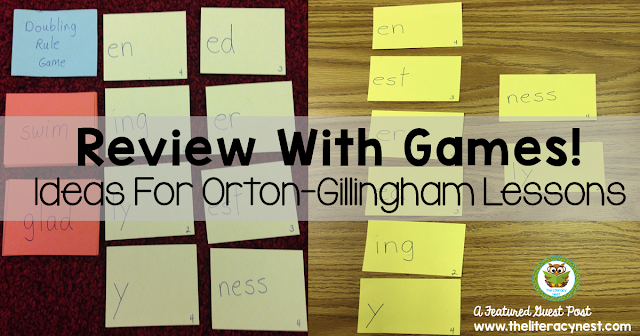
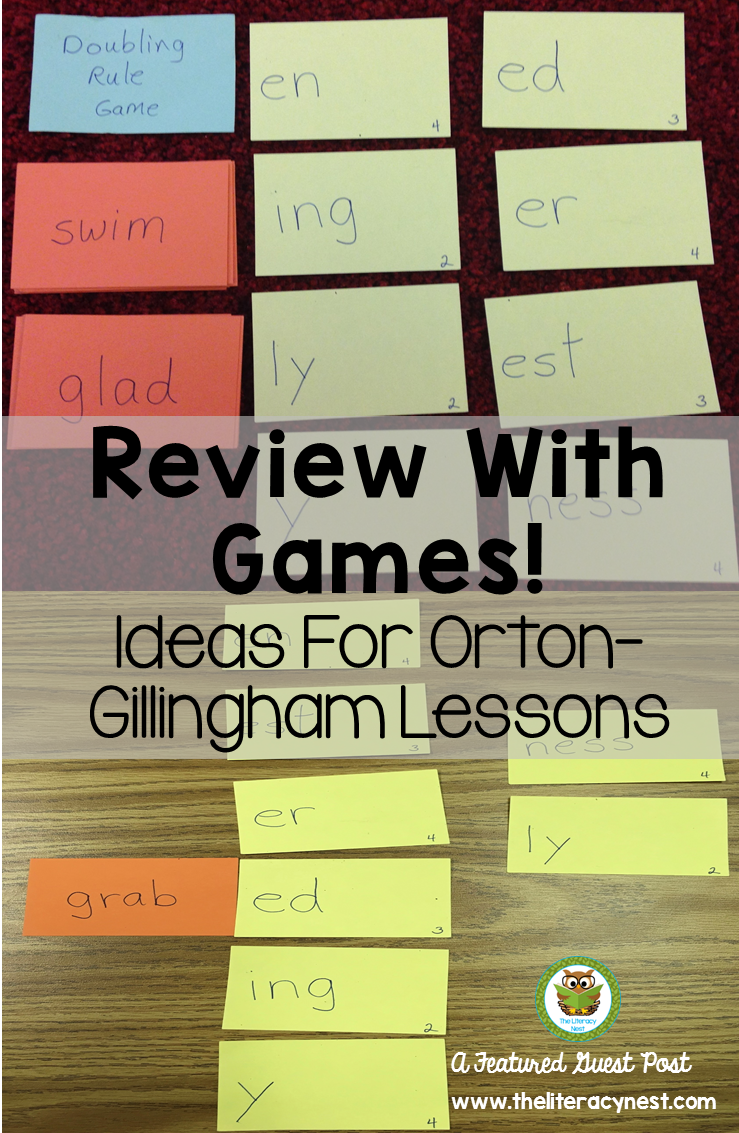
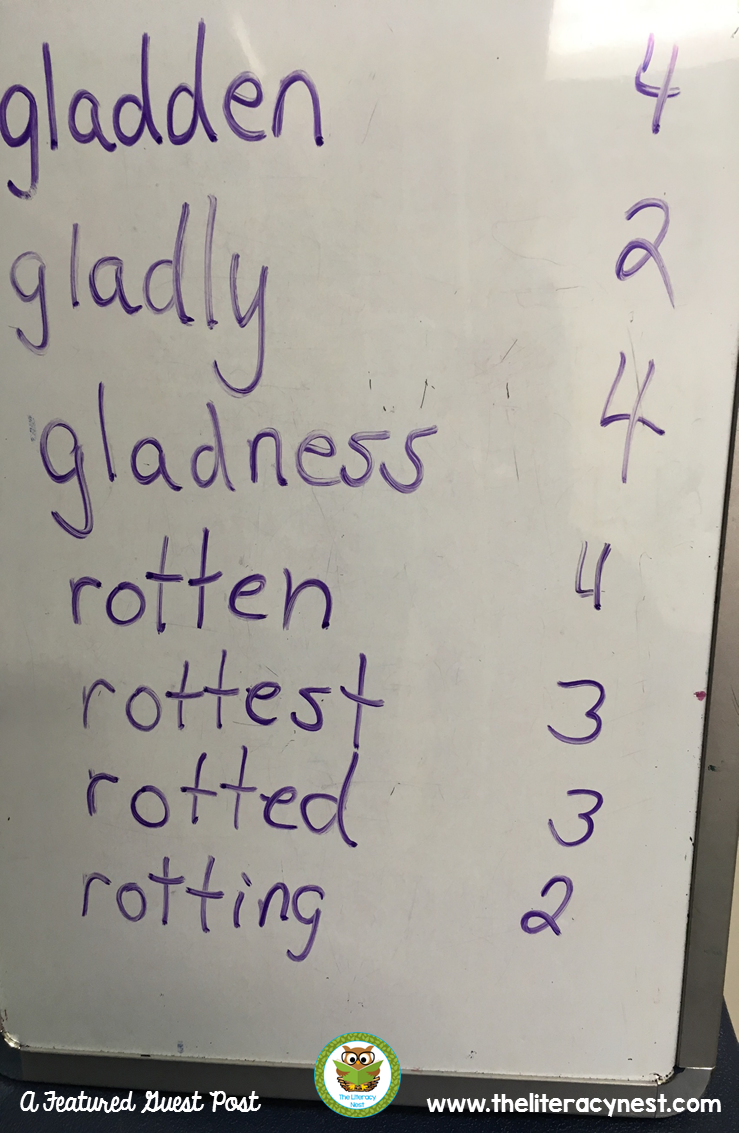
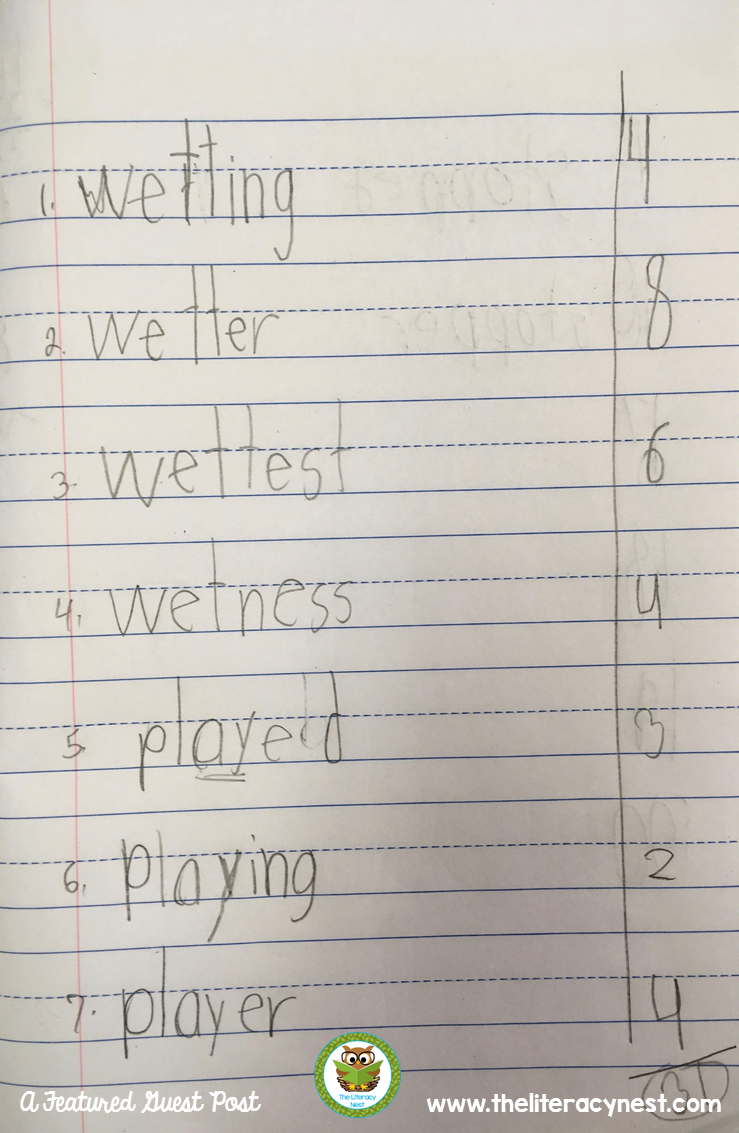
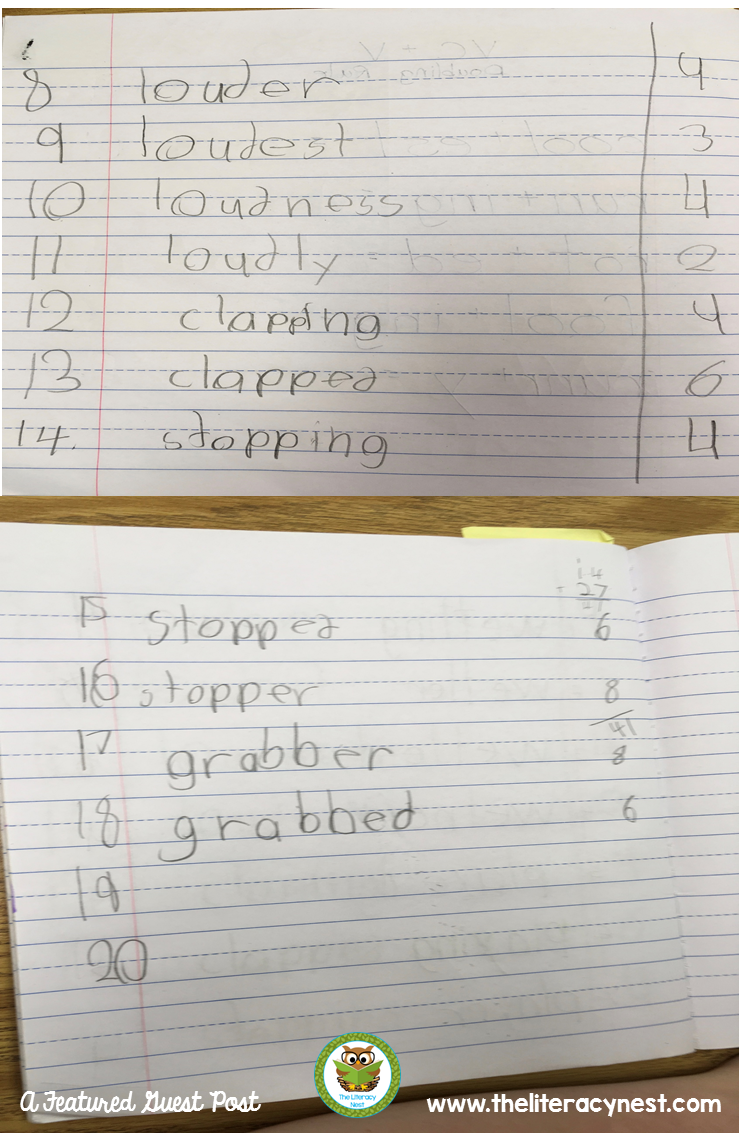
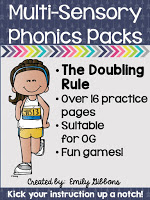
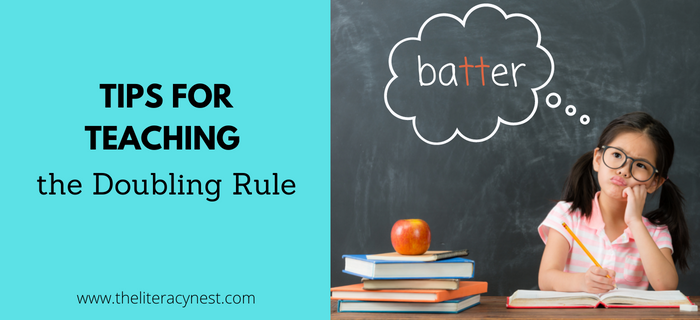

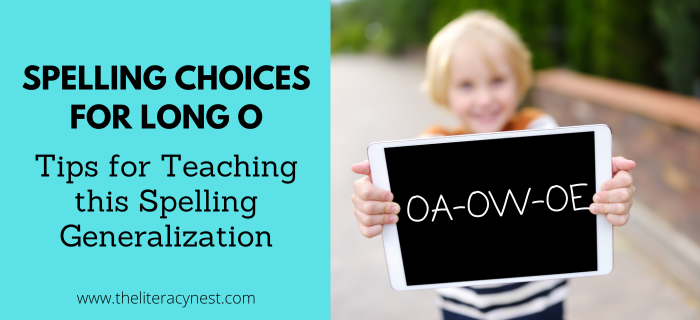



Nice post!! Thanks a lot for the kind of perfect topic I have not a lot of information about it but I have got an extra unique info in your unique post.!
custom essay writing service
Blogs Comments Services